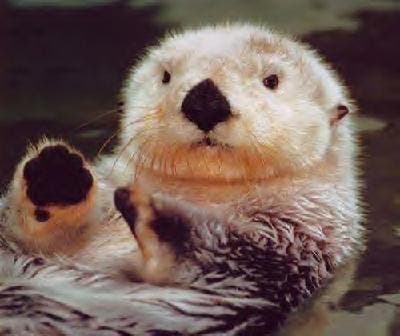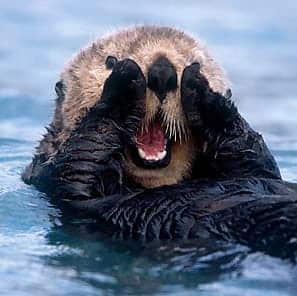Growing populations of hungry sea otters can become one of our powerful allies in the fight against global warming; why? Because they like to eat sea urchins.
Global warming is reaching new records, ice caps continue to melt at an alarming rate, and measures taken by authorities are as rare as they are questionable. But as cute as they are, where do otters step in? Well, as I was telling you, otters like to feast on sea urchins. Sea urchins eat kelp, and kelp forests trap and store massive amounts of CO2 from the atmosphere. A kelp forest ‘guarded’ by otters can absorb as much as 12 times the amount of CO2 from the atmosphere than one without an otter population.
Published in the respectable online journal Frontiers in Ecology and the Environment, the research that came to this conclusion didn’t go unnoticed at all, as professor Chris Wilmers from the University of California, Santa Cruz, explains:
“Right now, all the climate change models and proposed methods of sequestering carbon ignore animals. But animals the world over, working in different ways to influence the carbon cycle, might actually have a large impact.” He elaborates: “If ecologists can get a better handle on what these impacts are, there might be opportunities for win-win conservations scenarios, whereby animal species are protected or enhanced, and carbon gets sequestered.”
So, in order to give thanks to these remarkable pictures, here’s a few pictures of sea otters.










